A speech in Russian, Chinese, Arabic… on the prompter? Here are 3 things to anticipate.
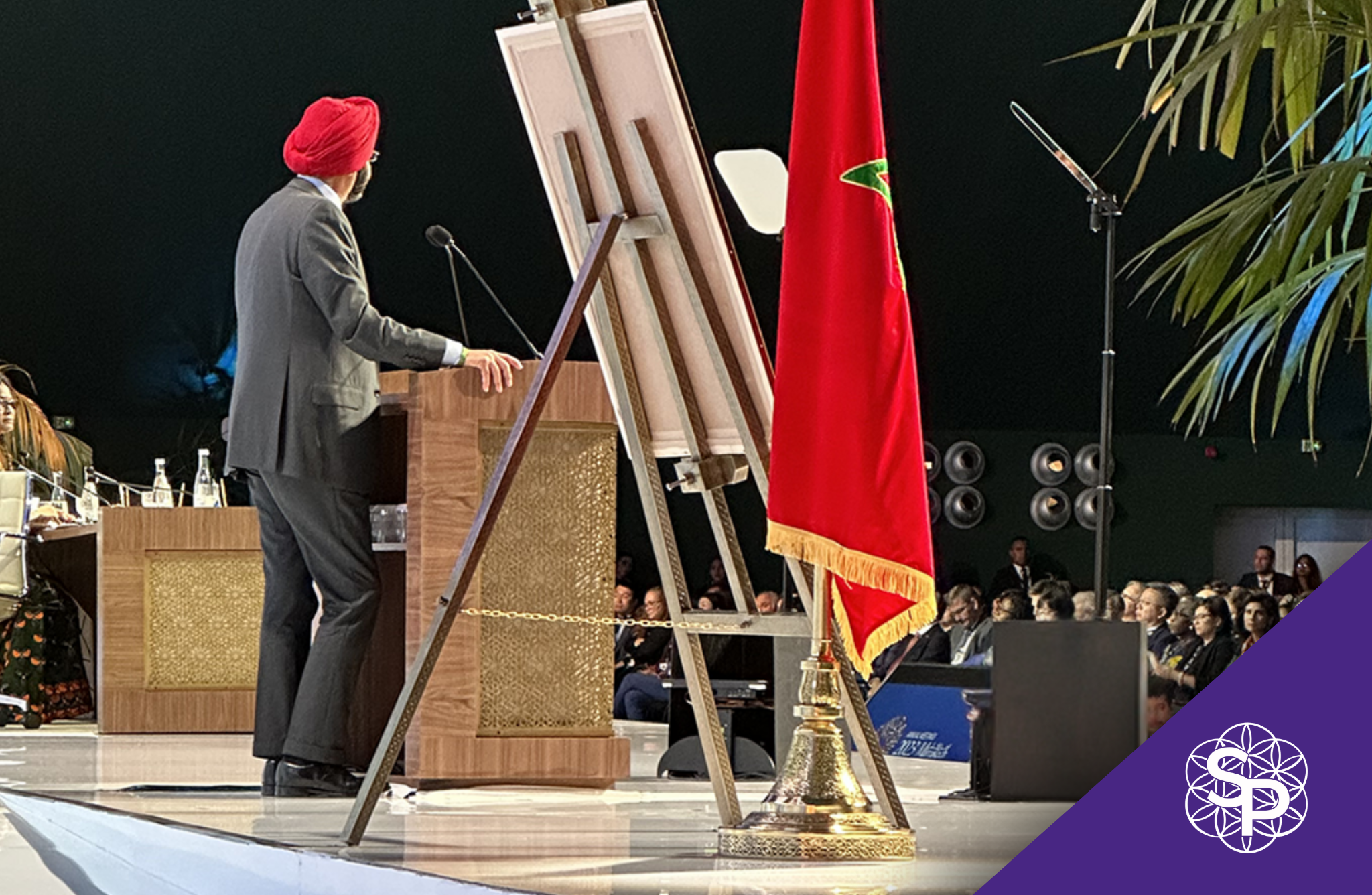
I’m Lucía Arribas, founder of Solutions Prompteur. Sometimes, our customers want to speak in their native language. Here, I share with you what a production manager needs to anticipate to make the speech a success.
First of all, it's a very good idea to encourage the client to give the speech in their mother tongue.
It’s obvious that the level of responsibility and attention a speaker receives at an event would stress most people out.
But even if an influential person is perfectly accustomed to it, there’s something to be said for allowing him or her to give a speech in a language where the speaker doesn’t have to think, and the speaker’s confidence grows. His or her ability to express himself or herself increases towards the part of the audience that understands him or her.
The rest of the audience will also see a comfortable, confident person on stage, and it will be the interpreter who takes care of the message.
Being able to offer this to your customer will always enhance his experience with your company. In their eyes, you’re the professional who makes it possible.
But how to manage a prompter service in Chinese, Russian, Arabic, Hebrew…?
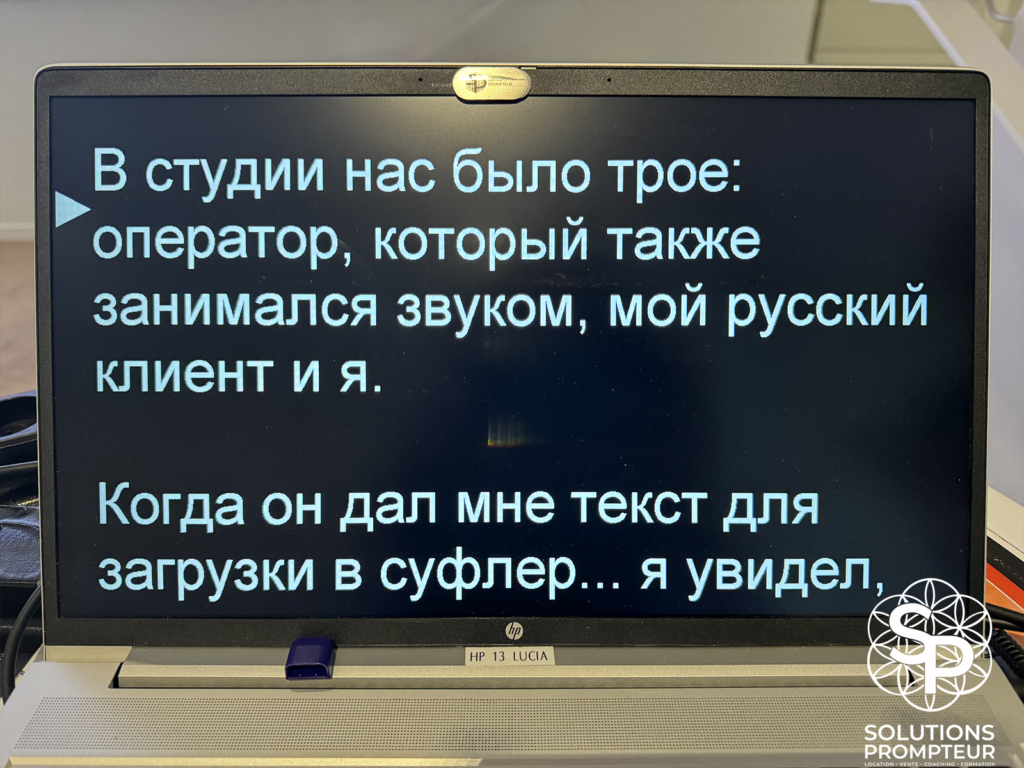
An exceptional story when the prompter is not being used LIVE.
If you’re looking for a prompter for a live speech, scroll down to the next purple sentence. Otherwise, let me tell you a curious story:
A few years ago, I had a gig in Paris with a Russian client who needed to record webinars. Each webinar lasted about an hour and a half, and we had four to record.
There were three of us in the studio: the chief operator, who also looked after the sound, my Russian client and yours truly!
When my Russian client gave me the text to upload onto the prompter, I saw that it was in Russian. I hadn’t been warned. I obviously told my client that I didn’t speak Russian and wouldn’t be able to understand the text that I would be scrolling on the prompter.
“Don’t worry, let’s give it a try” he said.
Of course, I would never have taken the risk if this webinar had been broadcast live, but since there was no one else on site to manage the prompter (let alone someone who speaks Russian) I decided to go for it.
I prepared the text, formatted it into the prompter, so that everything was working perfectly, and “off we go” …
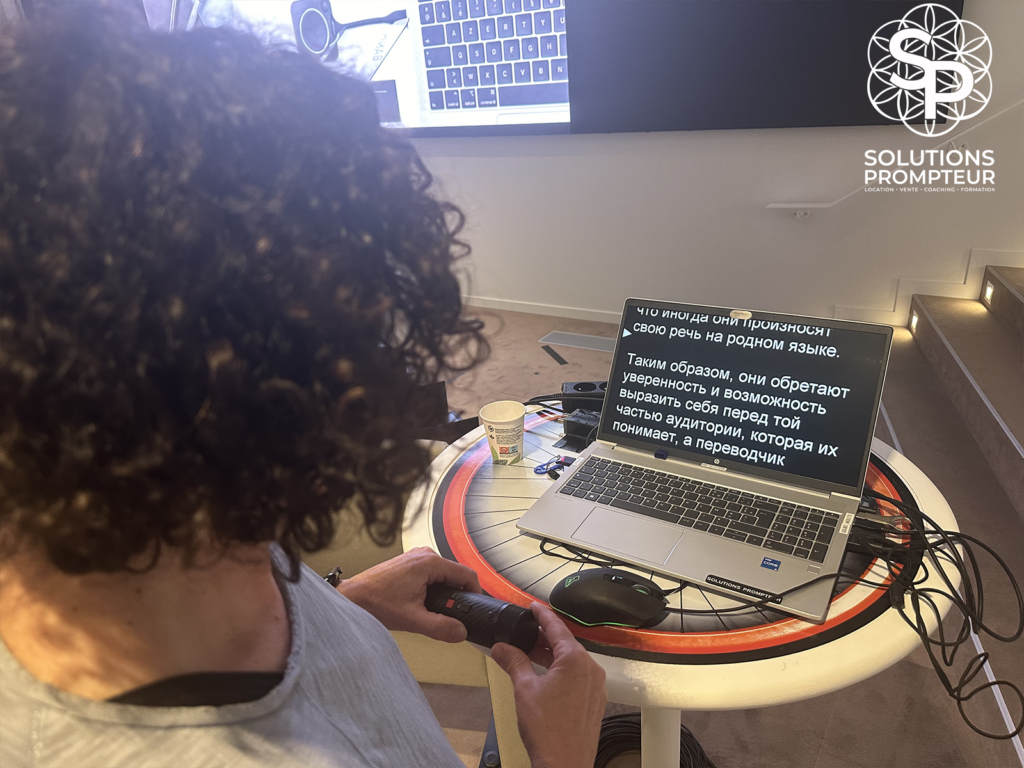
As if by magic, everything went smoothly.
Gradually, I got used to the sounds of certain words. Some letters are not pronounced the same, but I could pick out syllables, so I could scroll through the text and move forward. It kid you not, it was exhausting, but we managed to get the videos fully recorded.
You know what surprised me the most?
That the following month, the Russian client contacted me again! Hahaha
As this was very peculiar, even quite exceptional.
But what would have happen if the event were live?
Recently, we returned to Switzerland for an event with a Chinese client who wanted their prompter in Chinese.
When this happens, and it’s important to know, our software allows us to prompt in multiple languages and alphabets, including Chinese.
However, if we’re prompting in a language that the operator doesn’t know, then we ask a member of the customer’s team who speaks the language (as was the case with Chinese), to join us. This person guides us with a pen on the prompter PC screen, to adjust the scrolling speed of the text.
So during our many LIVE international events, we’ve prompted in Chinese, Arabic, Hebrew, Hindi… and with flying colors.
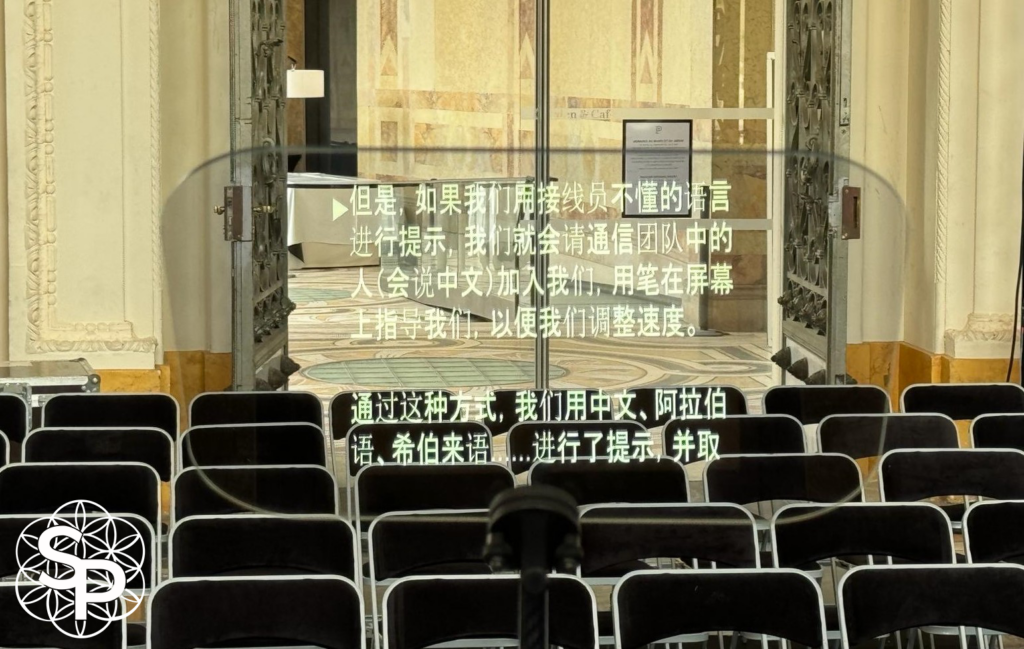
One last detail you shouldn't overlook for perfect support: cultural management.
If you deal directly with international customers, you’ll prove me right here.
After more than 20 years of international prompter services, working in over 35 countries and side by side with clients of almost every nationality, I say it loud and clear:
It’s essential to understand the culture of the person you’re working with.
It brings an added value of connection that makes all the difference. It makes the customer feel more confident, understood and respected… and they’ll come back for more.
That’s why I’ve always wanted Solutions Prompteur to be a culturally diverse team. Not only do we speak the main languages used on the prompter, but we also have an understanding of the culture of those who use it. We’re multilingual and multicultural.
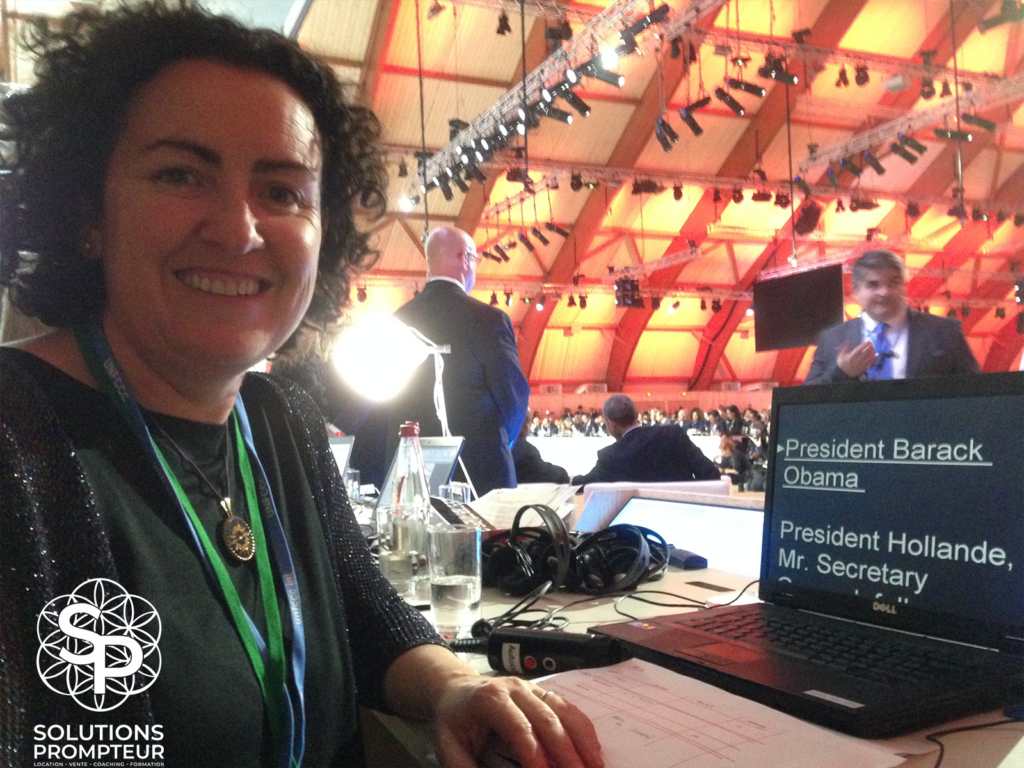
The three things you need to know if your customer asks you to give a guided speech on the prompter in their native language.
1. An interpreter to cover the rest of the audience, so your clients can express themselves without the language barrier.
2. A native speaker next to the prompter operator.
3. A team of prompter operators who know how to manage cultural subtleties so that they don’t detract from the success of the presentation.
Points 2 and 3 are manageable.
Lucía ARRIBAS
PS: I hope this publication has been useful to you. I only publish 25% of this information on the web. If you’re part of the events world, I privately share the tips I’ve observed among France’s (and the planet’s) most sought-after production managers after more than 20 years of working with many of them. This information is free of charge and can help you avoid many coordination errors during an event, thus increasing your prestige.
Where can I find all this information? In my newsletter.
If you’re interested in accessing it, you can sign up below:
*It’s as quick to get on my list as it is to get off.


